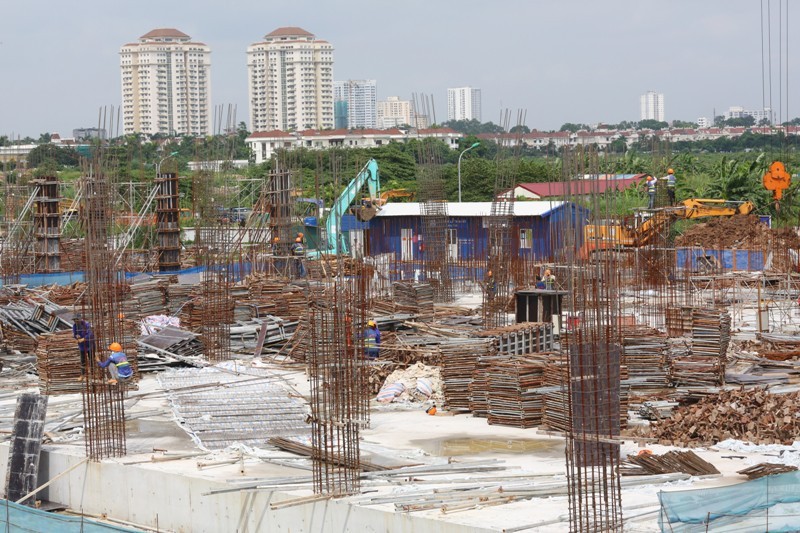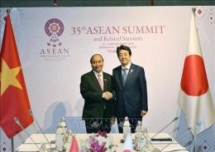Draft Law on Investment adds incentive sectors
 |
| Photo: Internet |
At the 14th National Assembly’s eighth session, the drafting board presented the changes in the draft Law on Investment.
Accordingly, the main targets of the draft are to increase the quality and effectiveness of local and foreign investment inflow, complete the legal framework about conditional investment lines as well as create favourable conditions for investors.
According to the drafting board, the draft amendment is planned to revise 36 regulations, add four regulations and remove two regulations compared to the Law on Investment passed in 2014.
Notably, the draft amendment added a number of investment sectors namely R&D, manufacturing and trading products created by scientist study, investment activities relating to renew and innovation, manufacturing goods or supplying services which either create or join the value chain.
Besides, the draft added regulations about the principles and conditions to apply the incentive policy in order to ensure the effectiveness and quality of implementing this policy. In addition, the regulations about building commercial housing was removed from the list of projects being incentives to ensure harmony with the regulationx of the Law on Land.
Especially, the draft amendment built a mechanism permitting the government to approve higher incentives to encourage the development of a number of special sectors and localities or projects having large impact on socio-economic growth [including newly-established projects or expansion of research and development centres, innovation centres in Vietnam with a total investment capital of VND 6 trillion (USD 260.86 million) or more; projects of industries and trades eligible for special investment incentives with an investment capital of VND 30 trillion (USD 1.3 billion) or more, disbursed at least VND 10 trillion (USD 434.78 million) for three years.]
The government decides to supply investment incentives, the duration of investment incentives, but the additional preferential rate must not exceed 50 per cent of the highest preferential level and the duration of additional preferential treatment will not exceed the longest investment incentives duration.
At the same time, based on the objectives and requirements of attracting investment in each period and international practices, the government assigns the pilot application of investment forms, new types of economic organisations, and preferential policies as well as support for these economic organisation types./.
Recommended
 Economy
Economy




